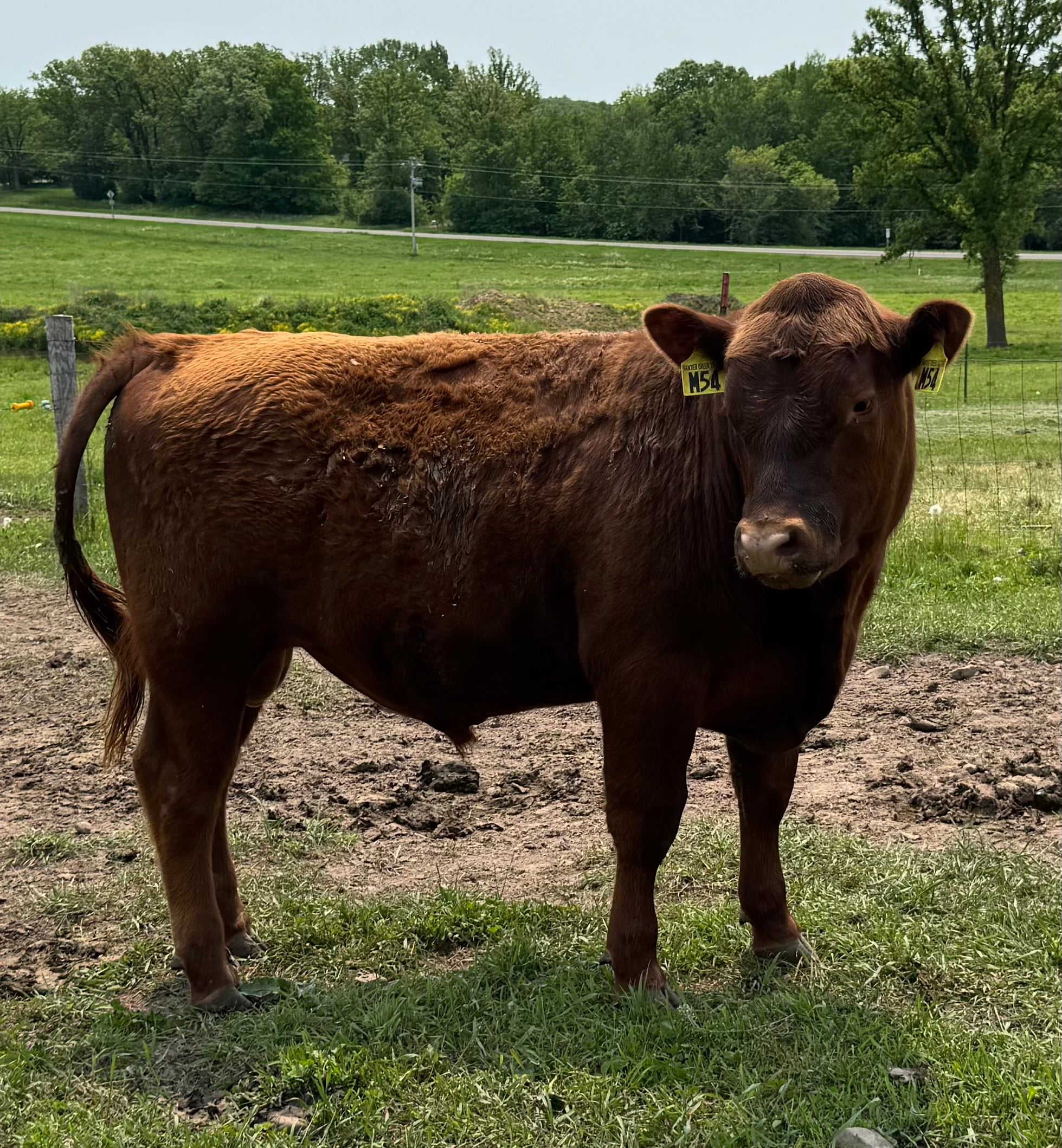What’s Really in Your Lotion and Soap? Some Ingredients to Rethink
At Sawyer Creek, we believe in keeping things simple and clean—whether it’s the meat on your plate or the soap at your sink. Just like reading ingredient labels at the grocery store, it’s worth taking a moment to read what’s in your body care products, too.
Many of today’s common lotions, soaps and shampoos are loaded with synthetic chemicals. While some of these ingredients do their job—preserving shelf life, creating lather or making a scent last—they can also have hidden side effects. Some are linked to hormone disruption, skin irritation and even long-term health concerns.
Here’s a breakdown of ingredients we recommend avoiding and why:
Parabens
These are used as preservatives in lotions, creams and cosmetics. They help prevent mold and bacteria, but they also mimic estrogen in the body, potentially interfering with hormone function.
A 2004 study in the Journal of Applied Toxicology detected parabens in breast tumor tissue, raising questions about their long-term safety. Look for ingredients like methylparaben, propylparaben and butylparaben, and opt for products labeled “paraben-free.”
Phthalates
Often used to hold fragrance in products, phthalates can interfere with hormone levels, especially in developing children. A 2005 study published in Environmental Health Perspectives found that prenatal phthalate exposure was associated with altered reproductive development in male infants.
You might not see “phthalates” on the label directly, but they often hide under vague terms like “fragrance” or “parfum.” Safer products will spell out their ingredients, especially their scent sources.
Sulfates: SLS and SLES
Sodium lauryl sulfate (SLS) and sodium laureth sulfate (SLES) are foaming agents commonly found in shampoos, body washes and soaps. These compounds strip oils from the skin, potentially causing dryness or irritation.
SLES is also sometimes contaminated with 1,4-dioxane, a substance the International Agency for Research on Cancer considers a probable human carcinogen. Look for products that are labeled “sulfate-free” if you have sensitive skin or prefer to avoid harsh cleansers.
Formaldehyde and Formaldehyde-Releasing Preservatives
Formaldehyde is a known carcinogen and is still present in some skin and hair care items—often under hidden names. Ingredients like DMDM hydantoin, quaternium-15 and imidazolidinyl urea slowly release formaldehyde over time.
The National Cancer Institute warns that repeated exposure may raise the risk of certain cancers. Choose products labeled “formaldehyde-free,” especially for leave-on items like moisturizers and lotions.
Synthetic Fragrances
“Fragrance” is an umbrella term that can legally include hundreds of undisclosed chemicals. Many synthetic fragrances contain allergens, endocrine disruptors or ingredients that cause skin irritation.
The Environmental Working Group notes that these hidden chemicals are often protected under trade secret laws, leaving consumers in the dark. Natural alternatives include products scented with essential oils like lavender, peppermint or citrus oils—just be mindful that even natural oils can be irritating to sensitive skin.
Essential Oils: Natural, But Not Always Gentle
While essential oils are a popular natural fragrance option, they’re not always safe in large amounts or for every skin type. Tea tree and lavender oils, for example, have been associated with hormone effects in children when used frequently, according to a study in the New England Journal of Medicine.
Diluting oils and using them in moderation is key. Always do a patch test and check for known sensitivities—natural doesn’t always mean risk-free.
Small Changes Matter
At the end of the day, your skin is your largest organ—it absorbs a portion of what you put on it. If you’re aiming for a cleaner routine, start with just one swap: a fragrance-free soap, a paraben-free lotion or a homemade salve using coconut oil and beeswax.
We care about what goes into our cattle—and what goes onto our own skin. Choosing simpler, safer ingredients is just another way to care for yourself and your family.
Sources:
-
Darbre, P.D., et al. “Concentrations of parabens in human breast tumours.” Journal of Applied Toxicology, vol. 24, no. 1, 2004, pp. 5–13.
-
Swan, S.H., et al. “Decrease in anogenital distance among male infants with prenatal phthalate exposure.” Environmental Health Perspectives, vol. 113, no. 8, 2005, pp. 1056–1061.
-
National Cancer Institute. “Formaldehyde and Cancer Risk.” Updated November 2021.
-
Environmental Working Group. “Fragrance.” Accessed April 2025.
-
Henley, D.V., et al. “Prepubertal gynecomastia linked to lavender and tea tree oils.” New England Journal of Medicine, vol. 356, no. 5, 2007, pp. 479–485.
-
International Agency for Research on Cancer. “1,4-Dioxane.” IARC Monographs on the Evaluation of Carcinogenic Risks to Humans, vol. 71, 1999.
